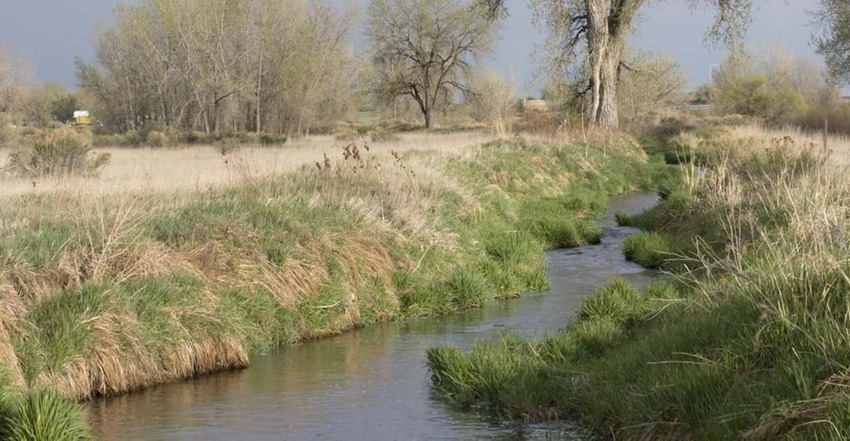
The Clean Water Act forbids “any addition” of any pollutant from “any point source” to “navigable waters” without an appropriate permit from the Environmental Protection Agency. The United States Supreme Court in County of Maui v. Hawaii Wildlife Fund ruled on what requires a permit and EPA recently issued a draft guidance that clarifies how that decision should be applied under the National Pollutant Discharge Elimination System (NPDES) permit program.
In its decision, the Supreme Court held that an NPDES permit is required for a discharge of pollutants from a point source that reaches “waters of the United States” after traveling through groundwater if that discharge is the “functional equivalent of a direct discharge from the point source into navigable waters.” The Maui decision also outlines seven non-exclusive factors that the regulated community and permitting authorities should consider when evaluating such a discharge from a point source, depending on the circumstances.
EPA’s draft guidance places the ‘functional equivalent’ analysis into context within the agency’s NPDES permit program. The draft reiterates the threshold conditions for triggering the requirement for an NPDES permit—an actual discharge of pollutants from a point source to a water of the United States.
The guidance also proposes that the design and performance of the system or facility from which the pollutant is released is an additional factor that should be considered. When finalized, this action will provide guidance to assist the regulated community and permit authorities with incorporating the Supreme Court’s direction in Maui into existing Clean Water Act NPDES permit programs and authorized state programs.
On December 10, 2020, this draft guidance was published in the Federal Register, and is available for public comment for 30 days following this date.
EPA’s guidance is an important step toward returning regulatory certainty to farmers across the nation, notes the National Cattlemen’s Beef Association. The memo makes clear that, regardless of circumstance, the Clean Water Act will always require a discharge from a point source to navigable surface waters. Non-point sources will not be subject to Clean Water Act permitting.
The question that regulated stakeholders will face is whether their indirect discharge is “functionally equivalent” to a direct discharge, based on a number of factors outlined by the Supreme Court. Importantly, EPA makes clear that regulation of an indirect discharge will depend, at least in part, on the discharge’s composition. “EPA will consider interactions with soils, plant roots, groundwater or physical dilution that may reduce a discharge’s equivalency to a direct discharge,” EPA explains.
NCBA remains concerned that the expanded federal jurisdiction outlined by the Supreme Court will lead to an increase in the number of agricultural operations considered “point sources.”
“Our priority is ensuring that farms which have traditionally been considered non-point sources retain that classification,” NCBA says.
The Farm Bureau says it is also considering the impacts of the guidance and formulating its comments.
Producers are invited to submit comments on the proposal before Jan. 11, 2021.
About the Author(s)
You May Also Like






